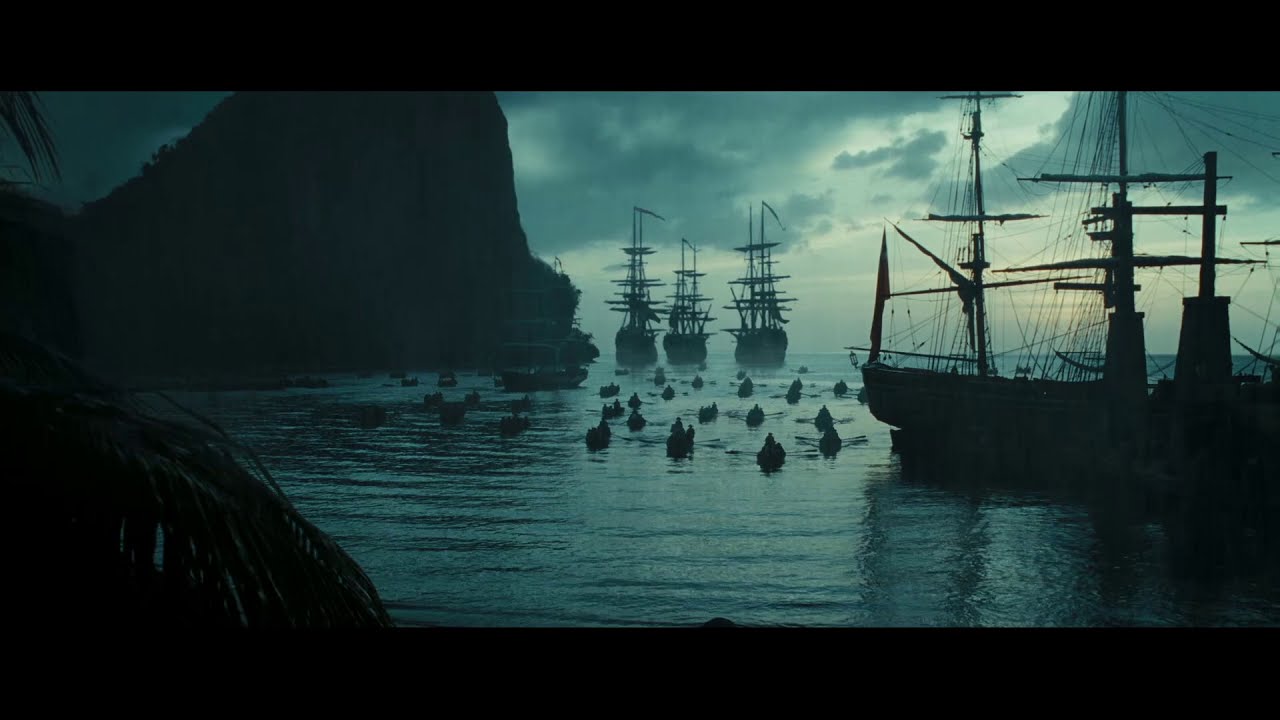Now that you have an idea of the different types of shots and camera angles available to you, we recommend watching a few of the videos you most want to emulate. Note what kinds of angles and shots they use and how you can incorporate them into your own video-making projects.
Take some time to play around and practice different shot sizes and movement types. While you may not be able to do a crane or boom shot on your phone or with a handheld camera, you can simulate a dolly shot by sitting in a rolling chair and having someone push you toward your subject or pull you away. And, with the right video-editing software, like Movavi Video Editor, you can remove camera shake for a shot that you might otherwise need a Steadicam to achieve.
Most of all, have fun experimenting and practicing with different shots – you never know what you’ll come up with!






















